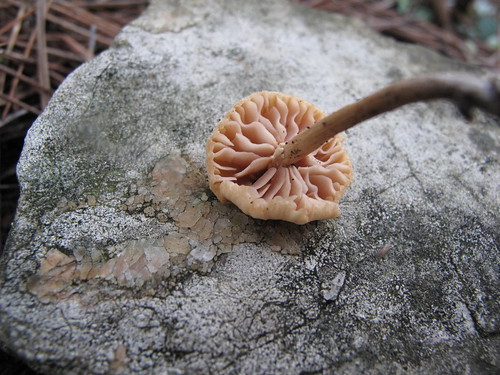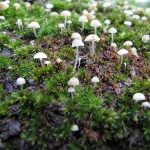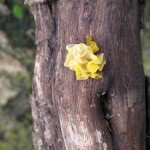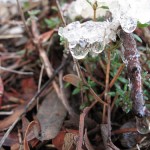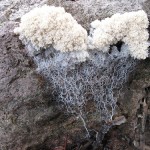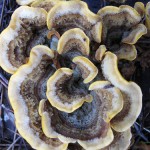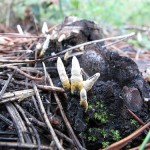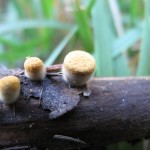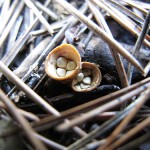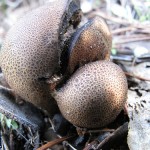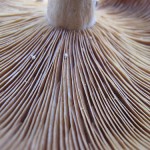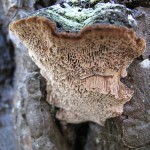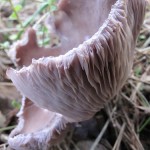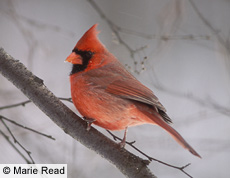
This Friday is the annual backyard bird count, where people from all over the country count the birds they run across. It goes from Feb. 13-16th. Counting birds helps answer many questions such as:
* How will this winter’s snow and cold temperatures influence bird populations?
* Where are winter finches and other “irruptive” species that appear in large numbers during some years but not others?
* How will the timing of birds’ migrations compare with past years?
* How are bird diseases, such as West Nile virus, affecting birds in different regions?
* What kinds of differences in bird diversity are apparent in cities versus suburban, rural, and natural areas?
* Are any birds undergoing worrisome declines that point to the need for conservation attention?
Here’s some information for how you can participate.
IT’S AS EASY AS 1, 2, 3!
1. Plan to count birds for at least 15 minutes on one or more days of the count, February 13–16, 2009. You can count for longer than that if you wish! Count birds in as many places and on as many days as you like—one day, two days, or all four days. Submit a separate checklist for each new day. You can also submit more than one checklist per day if you count in other locations on that day.
2. Count the greatest number of individuals of each species that you see together at any one time. You may find it helpful to print out your regional bird checklist to get an idea of the kinds of birds you’re likely to see in your area in February. You could take note of the highest number or each species you see on this checklist.
3. When you’re finished, enter your results through our web page. You’ll see a button marked “Enter Your Checklists!” on the website home page beginning on the first day of the count (February 13, 2009). It will remain active until the deadline for data submission on March 1, 2009.
Some people find it helpful to fill out the form before entering it on the website. By printing it off ahead of time, they know what information they need to be aware of, such as snow depth, for example.
If you’re new to bird watching, you might want to check out our “Learn About Birds” section. You’ll find help with tricky bird identifications, choosing binoculars, bird feeding tips, and much more.

